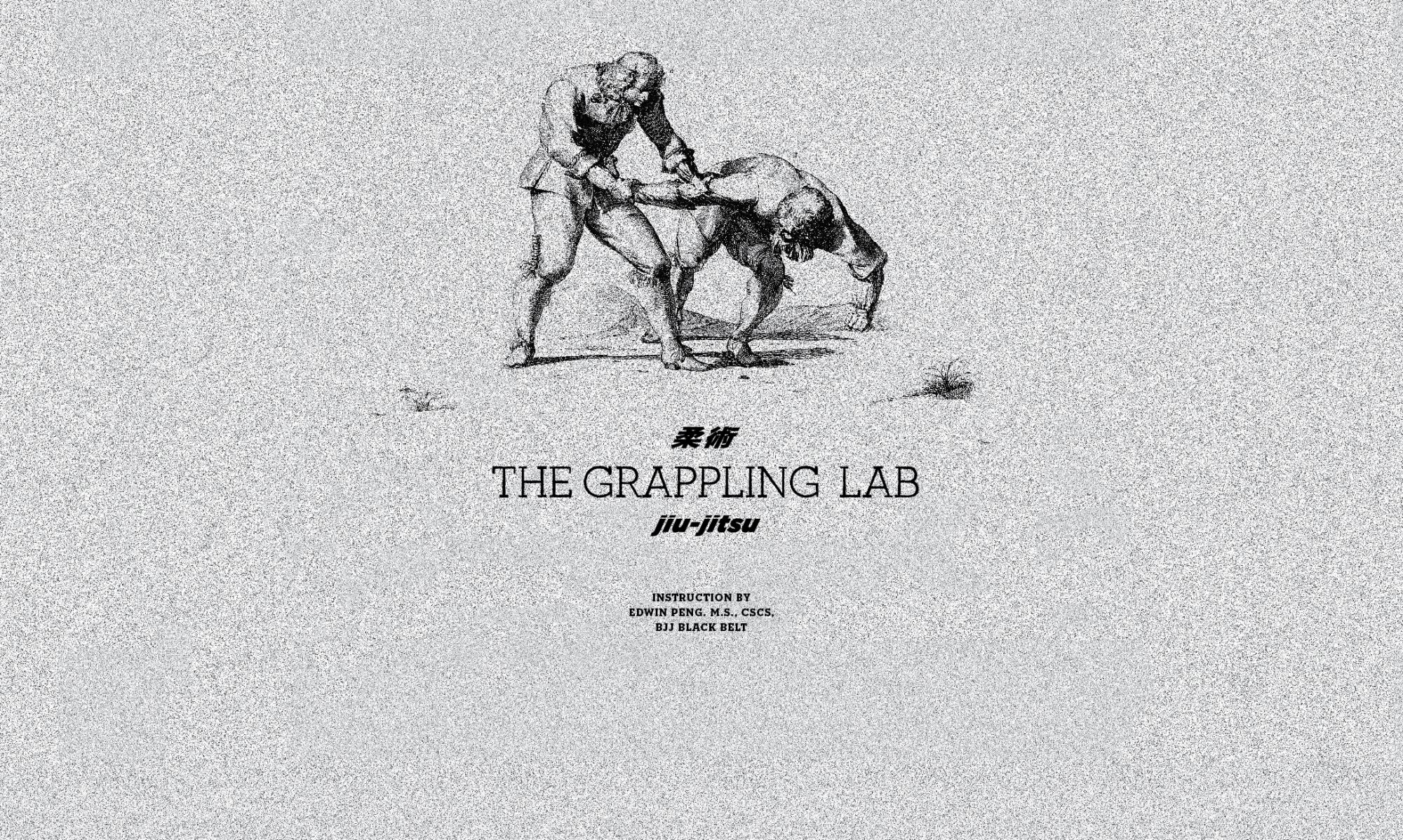What’s cardio? No seriously, think about it. You may know people who can roll for thirty minutes straight but can’t run for ten minutes. Or you may know someone who can run ultra-marathons for twenty hours but will get exhausted after two hours of class. The answer is energy systems. By understanding what energy systems are you can train them specifically for BJJ, whether it’s to survive two hours of class, or to run at 100% for 4, 5, 6 . . . rounds at a tournament.
The three energy systems are phosphagen, glycolytic, and oxidative. All three systems do different things and all three run at the same time, however the dominant energy system used is based on the duration and intensity of the activity. Most importantly they can all be TRAINED to run better – releasing more energy for a longer amount of time.
- The phosphagen system runs on creatine phosphate (PCr) and is the NOW energy system. It provides the fuel for short (~10 seconds) high intensity movements – such as an explosive double leg or an all out scramble. This fuel is stored in your muscles and is constantly refueled. However, the amount of stored PCr is small and takes a period of inactivity to refuel, hence the reason why you can’t sprint at full speed for longer than a few seconds. This system has a work rest period of 1:10, for every one second of use ten seconds are required for recovery.
- The glycolytic energy system is a medium length energy system that runs on muscle glycogen – stored sugars. This system provides energy for anaerobic activity and can supply around 60 seconds of energy before the next energy system is required to provide the bulk of the energy.
- The oxidative energy system is a long term energy system that provides energy for aerobic activities. This system is used during rest and low-intensity exercises and can be used almost indefinitely.
These energy systems should be carefully managed and trained in order to train for longer durations and to ensure energy supply is not a limiting factor during training and competition. Each energy supply can be trained to allow for bigger supplies and faster processing.
All sports will have their own unique needs of the different energy systems; a power lifter will rely almost solely on phosphagen and a marathoner will rely almost solely on oxidation. Brazilian Jiujitsu matches rely on a blend of all three energy systems.
What energy systems are used in BJJ?
Analysis of BJJ competition matches show that matches contain short periods of standing grappling with the majority of the round doing groundwork. Ranking dictates the length of match, ranging from 5-minutes for white belts to 10-minutes for black belts.
Matches have been shown to possess a 6-10:1 work to rest ratio. While the athlete will have to work almost continuously for most of the match, matches also possess “down-time” where an athlete may stall while in an advantageous position to strategize – thus matches are discontinuous in nature. Most movements are slow, methodical, and much time is spent in isometric contractions. Matches have few high-intensity explosive movements, but such movements occur at critical junctions during a match and such movements will often dictate the winner of the match.
Many maneuvers performed during matches last approximately 10-15 seconds; takedowns, escapes, sweeps, submissions, and reversals are achieved within that timespan. Some may take less or more time, but nearly all possess brief moments of rest before a second effort is taken. During training sessions, most rolls are 5-6 minutes in duration – meaning that while training in the gym, the anaerobic energy system is the most used. During competition, rest periods between matches are equal or shorter to match length, providing a 1:1 rest work ratio.
What does this mean for you?
This data shows that BJJ relies on all three energy systems, so all three must be trained. Since training time must be carefully managed, the protocol I use for my athletes is as follows
- Phosphagen system – This system must be trained using short bursts of high intensity exercise.
Set 1: (10 seconds sprint, 20 seconds active rest) x 3
60 seconds of standing rest time
Set 2: (10 seconds sprint, 20 seconds active rest) x 3
60 seconds of standing rest time
Set 3: (10 seconds sprint, 20 seconds active rest) x 3
60 seconds of standing rest time - Glycolytic system – This system must be trained using a moderate-high intensity protocol
One minute hard run (85% heart rate), followed by two minutes of moderate intensity (75% heart rate) jog – repeat for thirty minutes - Oxidative system – This system is trained using long, slow, low intensity exercise
By far the most boring protocol, 60 minutes of jogging at 75% heart rate

